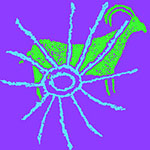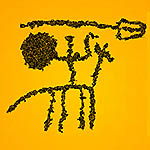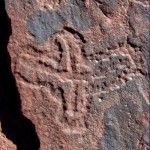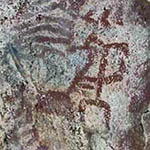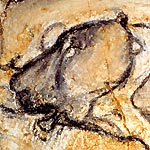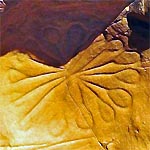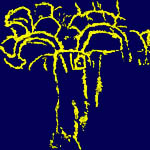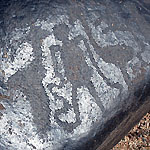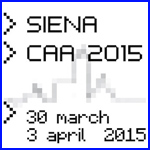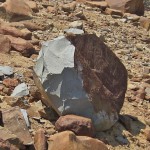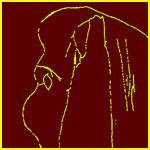The petroglyphs and pictographs of Oman are little known, but for the last five years I have been involved in a series of surveys of the Jebel Akhdar Mountains that have resulted in the location of several important sites. Recording these in advance of construction projects undertaken to modernize the country’s transportation network has enabled me to study the rock art in considerable detail for the first time. Using superimpositions, cross-dating with known artistic expressions elsewhere in the region, and the known dates for introduction of various objects of material culture, I propose a preliminary chronology consisting of four major phases spanning the last 6,000 years.
by Angelo Eugenio Fossati
Read more
